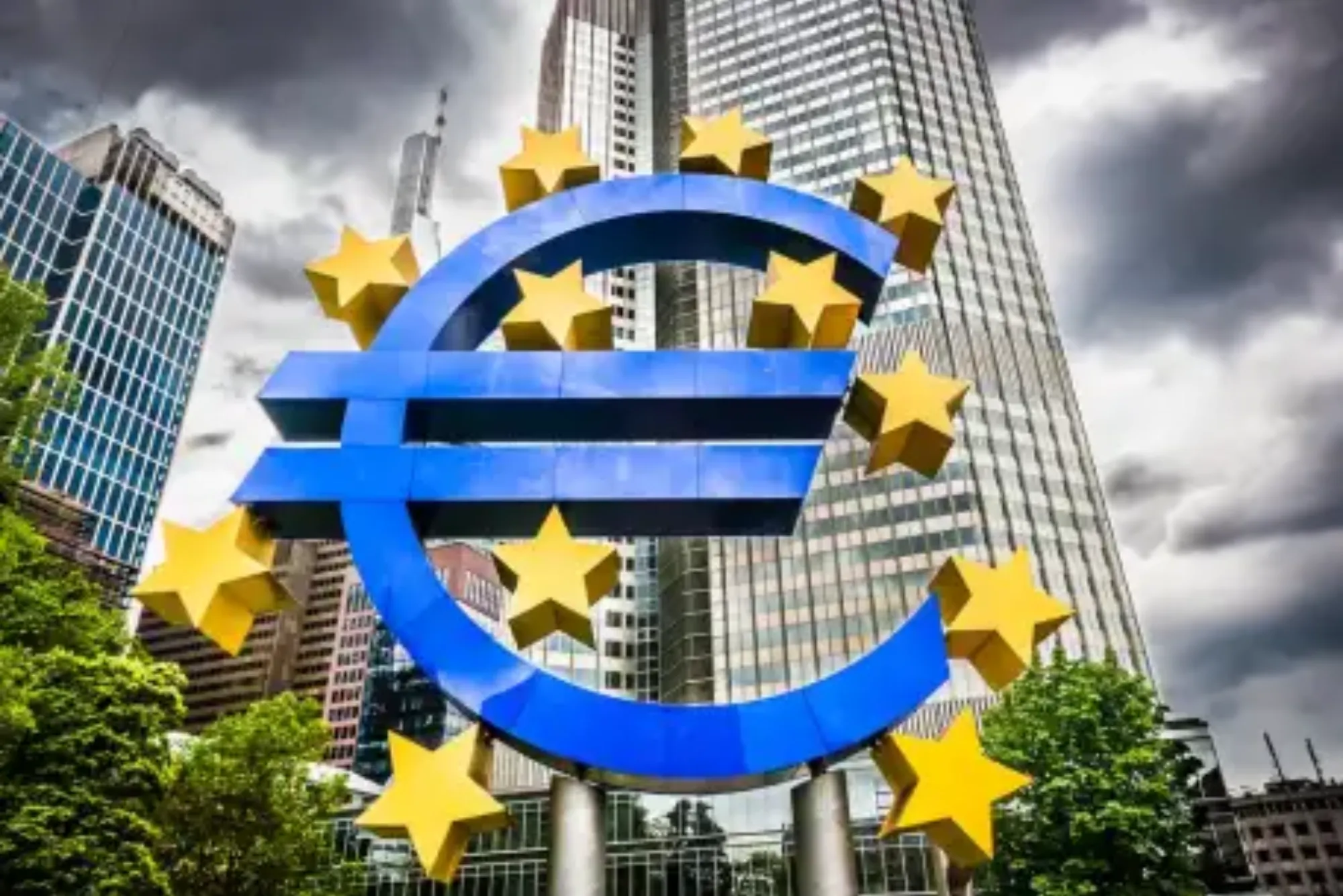In today’s global economy, seamless financial transactions are imperative for businesses and individuals alike. The Eurozone stands out as a prime example of how regional cooperation can simplify cross-border payments, fostering economic growth and efficiency. In this article, we delve into the mechanisms behind Eurozone payments and their impact on international trade and commerce.
Understanding Eurozone Integration
The Eurozone comprising 19 member countries, has established a unified payment infrastructure aimed at facilitating transactions within the region. This integration involves the adoption of the euro as a common currency and the implementation of standardized payment systems across member states. Such cohesion eliminates the need for currency conversion and reduces transaction costs, thereby promoting trade and investment within the Eurozone.
Key Components of Eurozone Payments
Within the Eurozone, several mechanisms facilitate seamless transactions:
Single Euro Payments Area (SEPA)
SEPA enables individuals and businesses to make euro-denominated payments across participating countries under the same basic conditions, rights, and obligations. This framework encompasses credit transfers, direct debits, and card payments, offering uniformity and efficiency in cross-border transactions.
TARGET2
TARGET2 (Trans-European Automated Real-time Gross Settlement Express Transfer System) serves as the premier payment system for large-value euro transactions. It ensures real-time settlement of interbank transfers, promoting liquidity and stability in the Eurozone’s financial markets.
European Central Bank (ECB)
The ECB plays a pivotal role in overseeing monetary policy and maintaining the integrity of the euro. Through its oversight of payment systems and financial infrastructure, the ECB reinforces confidence in Eurozone payments, enhancing their reliability and credibility on the global stage.
Advantages of Eurozone Payments
The adoption of Eurozone payments offers numerous benefits for businesses and consumers:
Cost Efficiency
By eliminating currency conversion fees and reducing transaction costs, Eurozone payments enhance cost efficiency for businesses engaged in cross-border trade. This cost savings translates into improved competitiveness and higher profit margins.
Risk Mitigation
Standardized payment systems within the Eurozone minimize the risks associated with currency fluctuations and exchange rate volatility. Businesses can conduct transactions with greater certainty, mitigating financial exposure and enhancing risk management strategies.
Market Access
Eurozone payments facilitate access to a vast and diverse market spanning multiple countries and industries. Businesses can leverage this integrated marketplace to expand their customer base and explore new growth opportunities, driving innovation and competitiveness.
Enhanced Financial Integration
The seamless flow of capital enabled by Eurozone payments fosters deeper financial integration among member states. This integration encourages investment and capital allocation across borders, stimulating economic growth and stability within the Eurozone.
Eurozone Dubai: Bridging Continents
Dubai, a global financial hub, serves as a crucial gateway between the Eurozone and the Middle East. Through strategic partnerships and investment initiatives, Eurozone countries have established a significant presence in Dubai’s vibrant business ecosystem. This synergy not only facilitates trade and investment flows but also fosters cultural exchange and collaboration between Eurozone and Middle Eastern entities.
Future Outlook: Leveraging Digital Innovation
Looking ahead, the evolution of Eurozone payments is intertwined eurozone dubai with digital innovation and technological advancement. Initiatives such as instant payments and blockchain-based solutions hold the potential to further enhance the efficiency and security of cross-border transactions within the Eurozone. By embracing these developments, Eurozone countries can position themselves at the forefront of financial innovation, driving sustainable growth and prosperity in the digital age.
Eurozone payments represent a cornerstone of regional cooperation and economic integration, fostering efficiency, stability, and growth across borders. By streamlining transactions and reducing barriers to trade, Eurozone countries unlock new opportunities for businesses and individuals alike. As the landscape of global finance continues to evolve, Eurozone payments remain at the forefront of innovation, shaping the future of cross-border commerce and connectivity.




